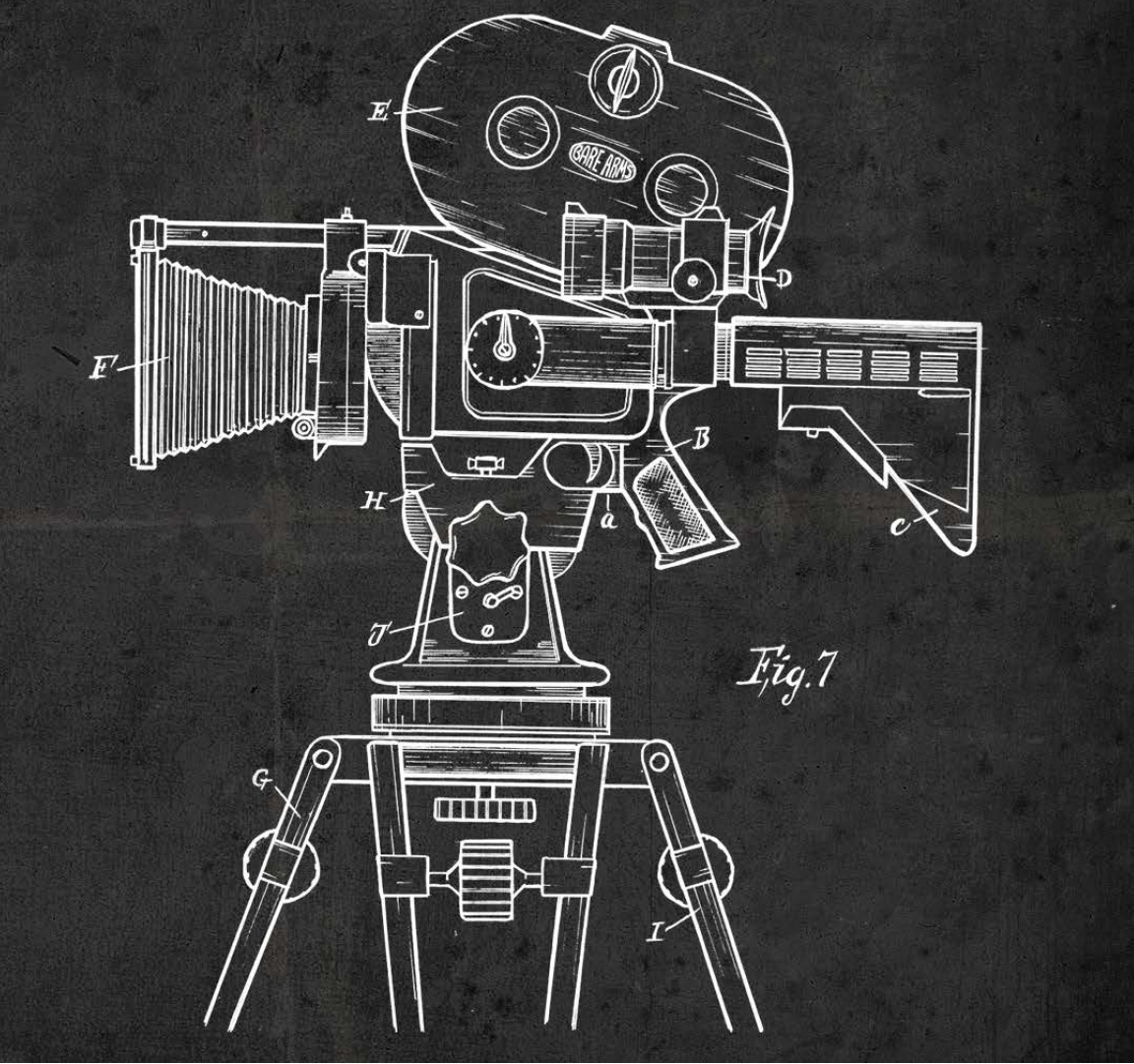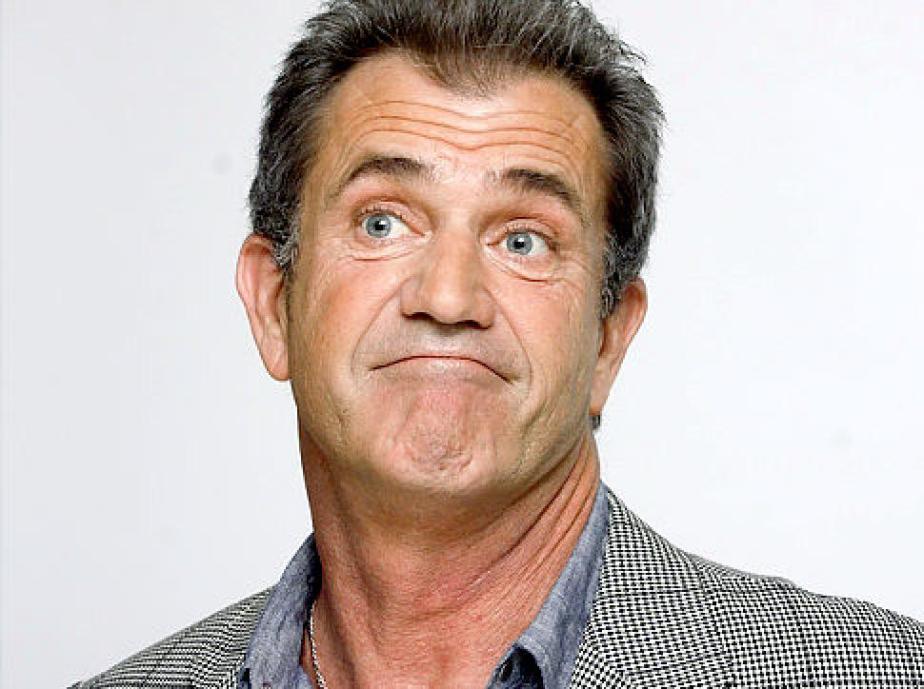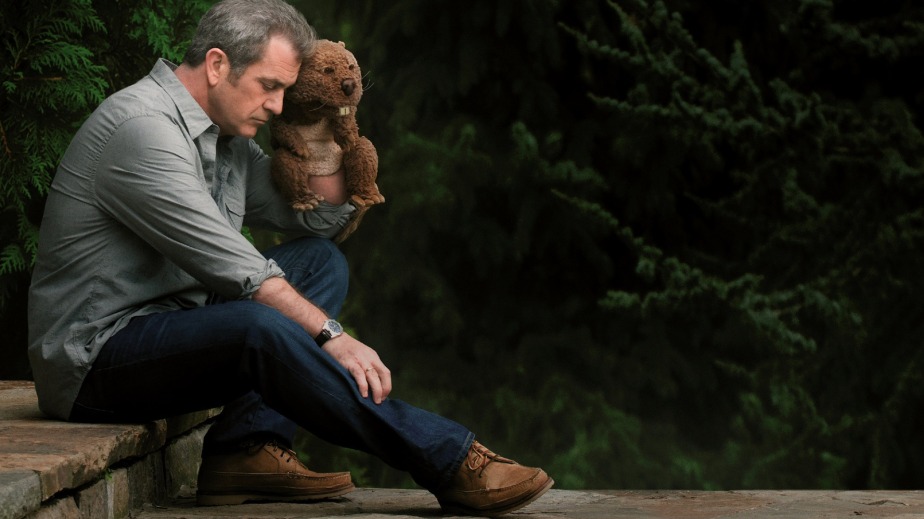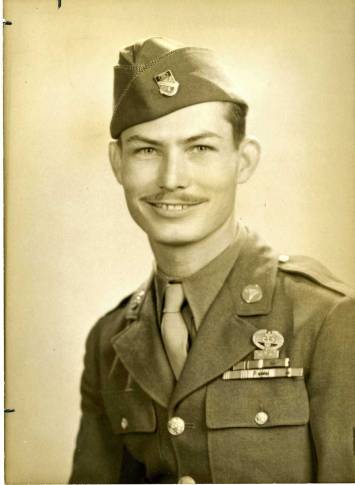Some of the most nerve shredding battles committed to celluloid and not a dry eye in the house, but was it worth a 10-minute standing ovation at Venice? Read about how ‘Hacksaw Ridge‘ almost never got made here.
At the start of September, The Venice Film festival premiered Mel Gibson’s first attempt at directing a film since 2006. Hollywood and the world of cinema have been wary about Mel since some drunken outbursts five years ago, and some were sceptical that he would ever work in the film industry again. Not only did ‘Hacksaw Ridge‘ get some impressive plaudits from the audience, it got a 10-minute standing ovation…
Empire Live 2016 was Empire Magazine‘s first film festival. A weekend of previews, workshops and live events hosted at the O2 at the end of September, including Q&As, sing-a-longs and even a ‘Ghostbusters’ “slime-a-long”. With all the excitement surrounding ‘Hacksaw Ridge‘ after Venice, it was slotted into the program and announced with only a few days to go. Despite not yet having a UK release date, or even a distributor, a cinema full of lucky people got to see it 6 weeks before it is released in the US and Australia, and probably 6 months before it arrives here. So, is it actually any good? Did it deserve a standing ovation?
The film opens with a voice-over by Andrew Garfield in the affected Virginia drawl of Private Doss whilst a slow-motion battle rages on. Bodies are flying and people are being killed left right and centre, but through the medium of close-up it is unclear exactly what is happening. The visuals were so confusing and absorbing that it was impossible to focus on precisely what Garfield was saying. Presumably it was some unnecessary sentiment about war being bad, but it could have quite easily been a shopping list for all that it mattered. Garfield’s vocal impersonation of Doss is both oddly high pitched and soft at the same time, and whilst it may not be totally accurate to the real man and the words forgettable, its manner and timbre gives you glimpse of what you need to know about his character.
The film is broken into two distinct and contrasting parts that could almost be separate stand-alone films with a bit of fleshing out. The first is a set up for the second and charts the life of Doss and his brother growing up, raised by their caring mother and troubled father in rural Virginia. Hugo Weaving is fantastic as Doss Snr. the veteran of the Great War and a shell of a man who is clearly still haunted by the events of 25 years ago. Whilst he is violent and aggressive to his family he is not an ogre to be hated, but someone to be pitied, which is credit not only to the acting, but also the writing which has created a character that could have so easily been one dimensional. We shall have to wait and see if the awards season recognises his performance.

Slowly and deliberately the film reveals Doss’s reasons for choosing the path of pacifism, which are not solely religious as you might expect, but also heavily influenced by a desire not to end up like his abusive father. His caring nature and character are further unveiled by his attempts at the courtship of Dorothy Schutte, played by Theresa Palmer, and his interest in her work as a nurse. In a neat piece of symbolism, we see him using his belt for an entirely different purpose to that of his drunken father in a previous scene, further exploring the divide between their characters. Palmer’s portrayal of Schutte and her relationship with Doss, leaves you feeling warm and fuzzy and could have been channelled directly from the famous actresses of the 1940’s. Her deliberate double takes and mock anger give the whole first act a nostalgic feel to it, as does the sunny weather and perfectly manicured flowerbeds of the hospital and the town. It almost looks like a film set…

By this point, some people (author included) may be feeling a little underwhelmed and slightly undersold at the saccharine nature and idealism of this so called ‘war-film’. As heartwarming as the blossoming relationship is, it isn’t necessarily what people have come to see and the artistic depiction of war at the start of the film seems like a long time ago. Soon the events of Pearl Harbour start to bring things into sharp focus, and both Doss brothers volunteer for service despite (or maybe in spite of) their father’s wishes. It’s at this point that Desmond’s idealism has to come face to face with the practicalities of war, mainly manifested by another actor in search of redemption, in this case Vince Vaughn channelling a pastiche of ‘Full Metal Jacket‘ and the spirit of Gunnery Sergeant Hartman.
One of Vaughn’s strengths has always been the ability to do deadpan comedy. From ‘Old School‘ to ‘Dodgeball‘ he has been at his best when saying something inherently silly in a deadly serious way. Part of the problem with him attempting serious roles is that he can’t get any more serious. Emotionally he has no where to go to distinguish between funny-serious and serious-serious. If he’s acting serious, it’s the same expression and so you are expecting him to be funny. It is distracting and one of the reasons why ‘True Detective‘ fell so flat in the second series. Sgt. Howell is a part that could have been written for Vaughn, and one that he clearly relishes. It is his welcome menacing comic relief that marks a subtle change in the tone of the film. Suddenly it is shown, that true to his father’s warnings, Doss’s idealism may not be compatible with the rigours of military life. This mid-section of the film really belongs to Vaughn. By getting the funny-serious out the way in the first 5 minutes, it then gives him permission to take the character elsewhere. His anger when he discovers Doss’s intentions and beliefs is genuinely terrifying, but he later lets slip during a chink of compassion that this all may just be an act in itself. For a supporting role with comparably little screen time, Sgt. Howell is one of the most complex characters within the film. Part pantomime villain, part mother figure, part barrack room judge and portrayed absolutely correctly for a military sergeant. His concerns are always for the effectiveness of the squad of men that he has been entrusted with, whilst at the same time showing compassion for the individuals within it.

There still isn’t much that is new here however. Like the courtship scenes before it, it all seems comfortable and familiar, almost reminiscent of a score of other films. Training montage gives way to a character losing the trust of his peers, only to begrudgingly regain it again. Despite the tension building court-room scenes, we all hope we know where this film is going. At just over the half-way mark, we haven’t seen anything of the battle hinted at in the opening montage. When the events finally transport themselves to the far east, the desire of the more gung-ho members of the rifle company to see some action is mirrored in our own blood-thirsty urges for the film to get to the ‘exciting’ bits.

The very second that the bullets start to fly and bodies start to fall, all of this is stripped away and replaced with a sense of horror and remorse. Instantly you feel guilty for having wanted to see these men in combat. There is no glory as soldiers are forced to do some abhorrent things in order to survive in the face of a seemingly inhuman enemy. For what seems like an eternity you are totally immersed in the brutality of war. Not since the start of ‘Saving Private Ryan‘ has there been a battle depicted in a way that was so utterly shocking and absorbing at the same time. Whilst that dropped you into the action in a without much warning or set up, ‘Hacksaw Ridge‘ has spent over an hour lulling you, and the soldiers on screen, into a false sense of familiarity and security. This means that the nerves are totally unguarded and all prepped for a brutal shredding when the world finally collapses. This is war at its most unflinching and harrowing.
This transition between the two continents and parts of the film is Mel Gibson’s greatest move. Immediately Doss’s idealism and morals are put to the test. We are all behind him when he goes toe to toe with the might of the U.S. Army for the belief in his values, but once he his faced with the ferocity of the Imperial Japanese Army we are cursing him for being so naive and urging him to pick up a rifle to defend himself. Like a good magic trick, we are suckered into thinking one way, only to have the carpet viciously pulled from under our feet. The ‘niceness’ of the first half it seems was simply to set up the trauma of the second. The meat of the film is in the war scenes, but without the slow and deliberate set-up of the first hour or so, it would not be nearly as effective. The initial attack gives way to counter-attack and the futility of what the G.I.s are trying to achieve becomes horrifically apparent.

As amazing as the battle scenes are though, they aren’t perfect. The portrayal of the Japanese soldiers is over simplified as the ‘baddies’, despite some attempts towards the end to humanise them. Vince Vaughn’s approach to combat is John Wayne-esque as he trots around the battlefield, barking orders and appearing bulletproof. There are a couple of moments where Mel Gibson has a chance to truly test Desmond’s beliefs, by placing him in a difficult situation where he might have to pick up a rifle to save a fellow soldier, but rather annoyingly he holds back. Biopics are always a tricky beast to manage as people’s lives don’t fit neatly into a 90-minute running time. You have to decide what to keep and what has to go, and sometimes what to embellish and what to tone down. This becomes especially tricky if the subject is still alive or well known. You can’t mess around too much with true events or you might incur disapproval or even legal challenges. Whilst the real Desmond might never have been placed into a position where he might have been tempted to pick up a weapon, it would have raised the dramatic nature of the film if the Garfield’s Doss had been tested more rigorously.

The script sticks closely to the stories told in the 2004 documentary, with some slight reshuffling of the time-line and compressing of the events in Japan to portray a few months’ worth of events into a few days, but it is the second attack on the ridge that lets the last part of the film down. Gibson decides to return to the slow motion action we saw right at the start, but this time with a patriotic music score in the background and quite clearly showing the USA performing markedly better than their first attempt. The sun is out, the Japanese have lost, the war is won, but it’s done in an almost jingoistic way that makes you roll your eyes. Has no one learned anything in the last hour of battle?! After a final act of heroism (that is borrowed from the story of another soldier) Doss is injured and stretchered off the cliff silhouetted by the fading light. It is here that the religious undertones become obvious overtones and symbolism goes into overdrive.
The last few moments of the film are clips from the 2004 documentary which bring into sharp focus what Desmond T. Doss achieved, and reminds you that what you have been watching actually happened. The real Doss and some of the soldiers he saved, get their chance, most of them from the grave, to give their account of the incredible events. If nothing has managed to make you misty eyed up until this point then this last portion will have you choking back tears and praying the lights don’t come up too quickly. You are likely to leave the theatre physically and mentally exhausted.

‘Hacksaw Ridge‘ is an excellent film that you must see in a cinema to get the full effect of the incredible battle scenes which are its pinnacle. It deserves most of the praise it has been getting, but it has its flaws. Garfield’s performance is utterly believable throughout, and he is supported by a good cast, but some parts are heavily laboured and over simplified. Some of Doss’s most impressive feats are not featured as they don’t fit into the film, but for those in doubt of his bravery and humility, read up what happened in the hours immediately following his injury. Gibson may be back on form, but he would have done well to ease up on the religious symbolism.







